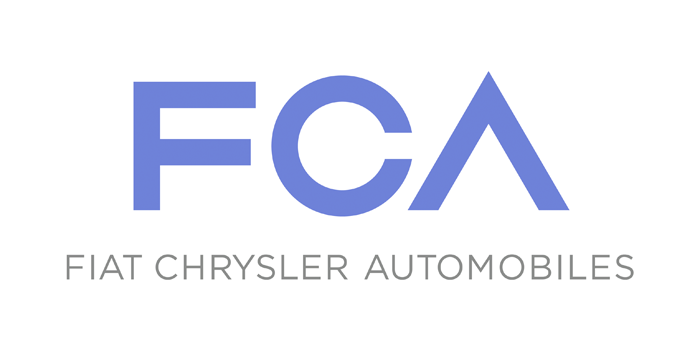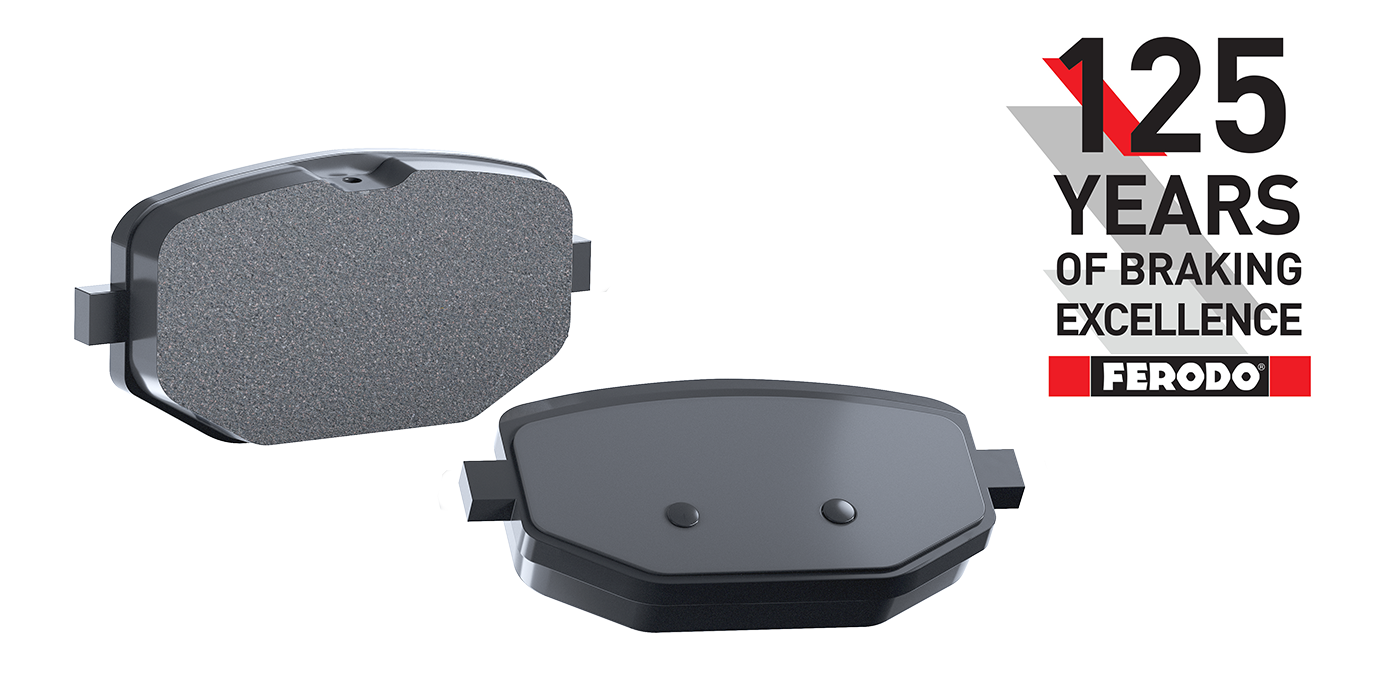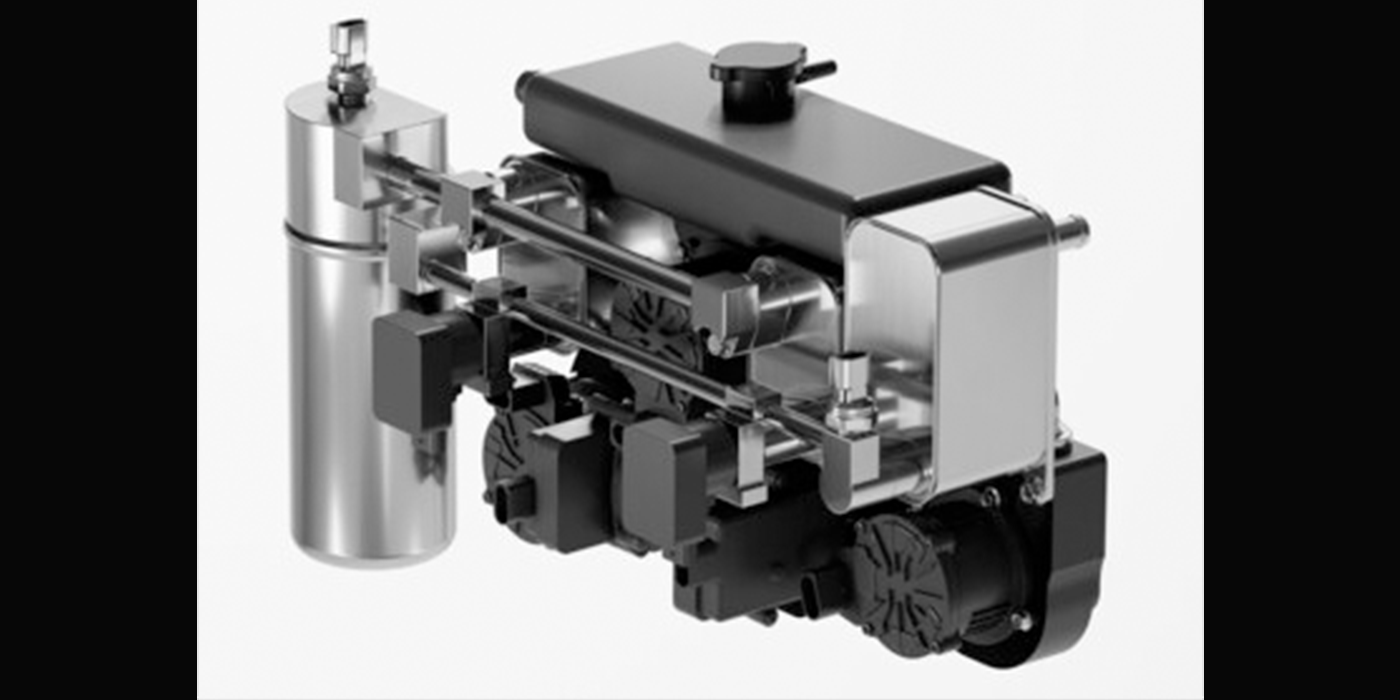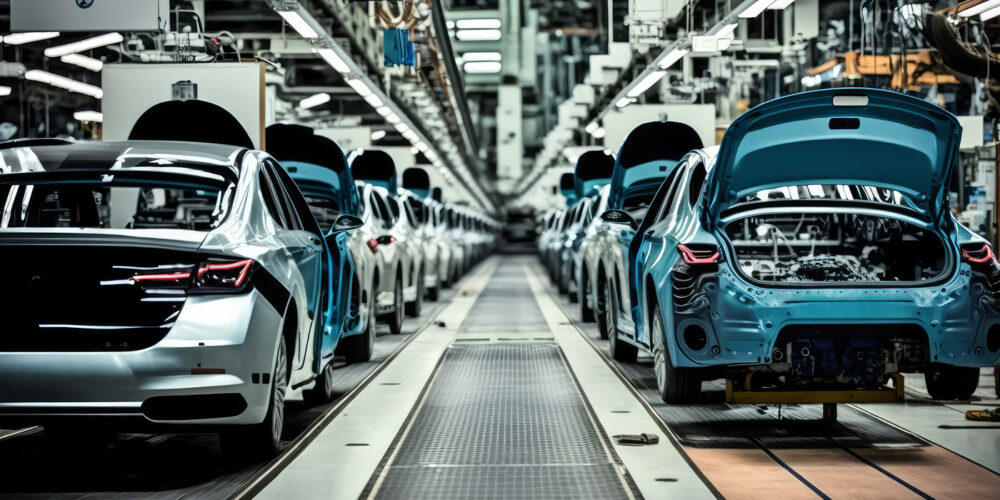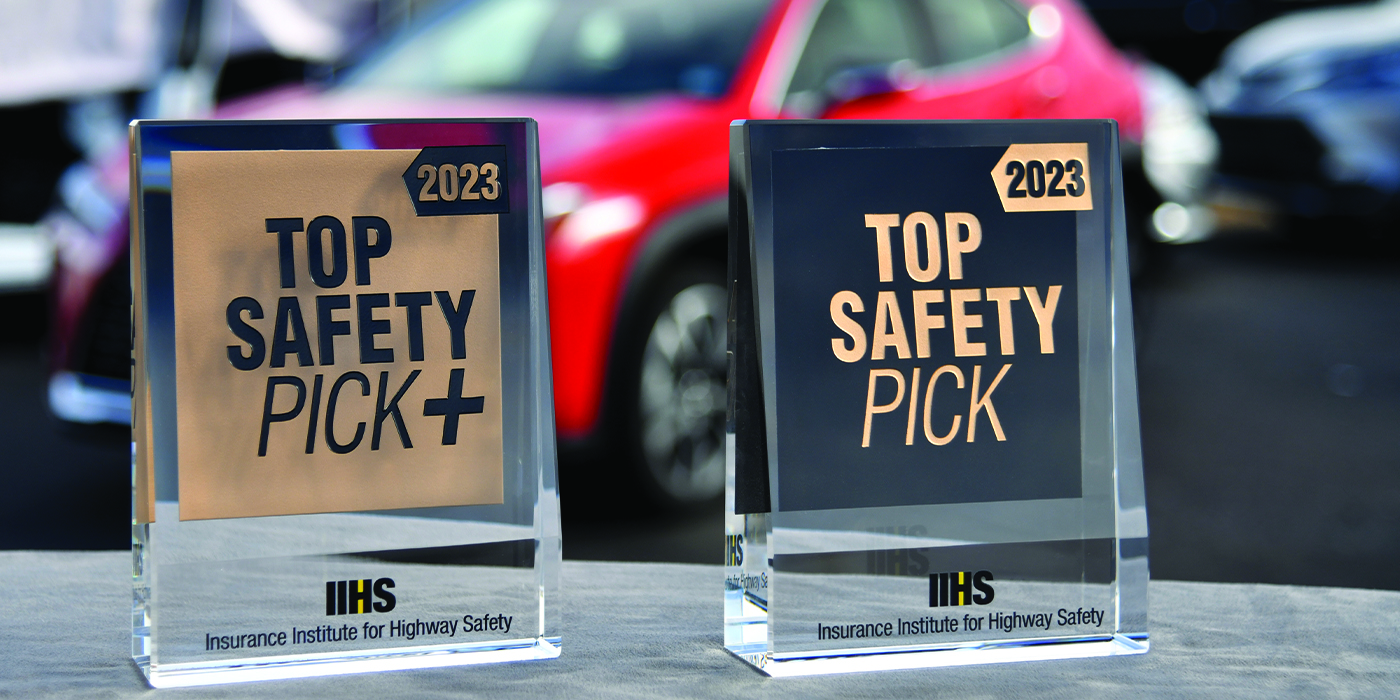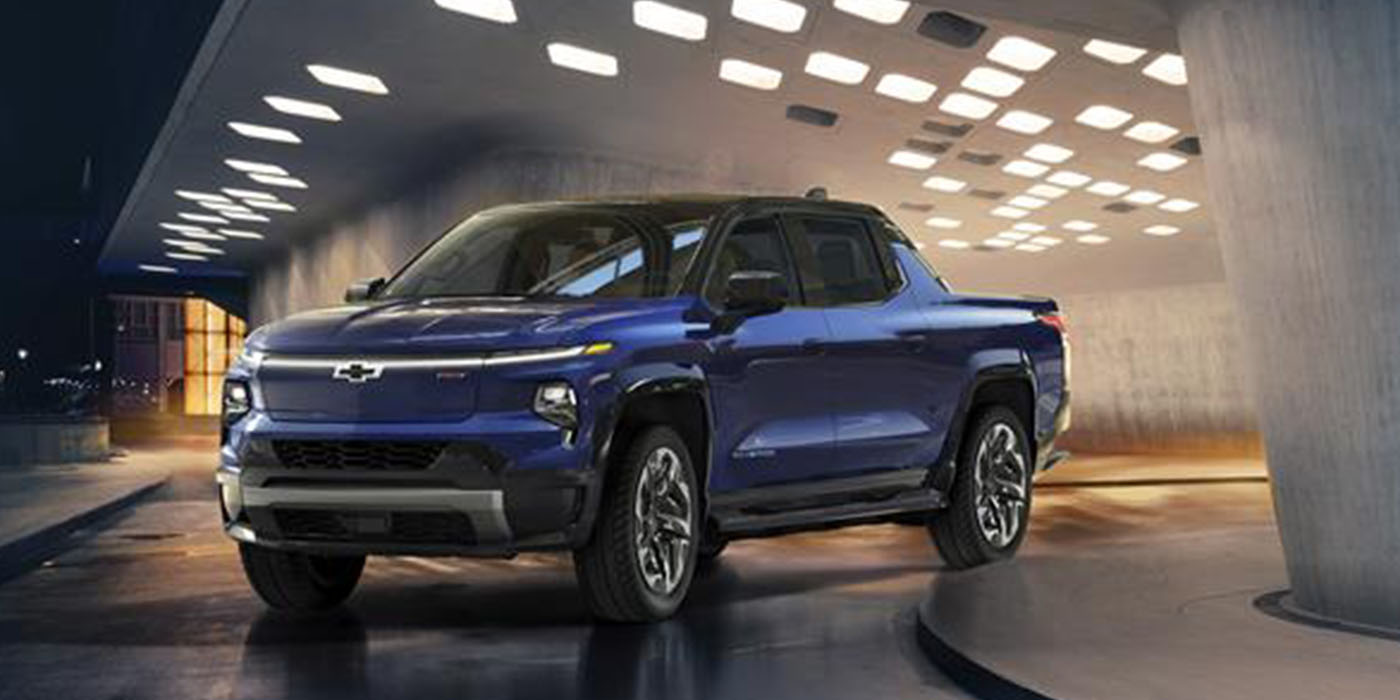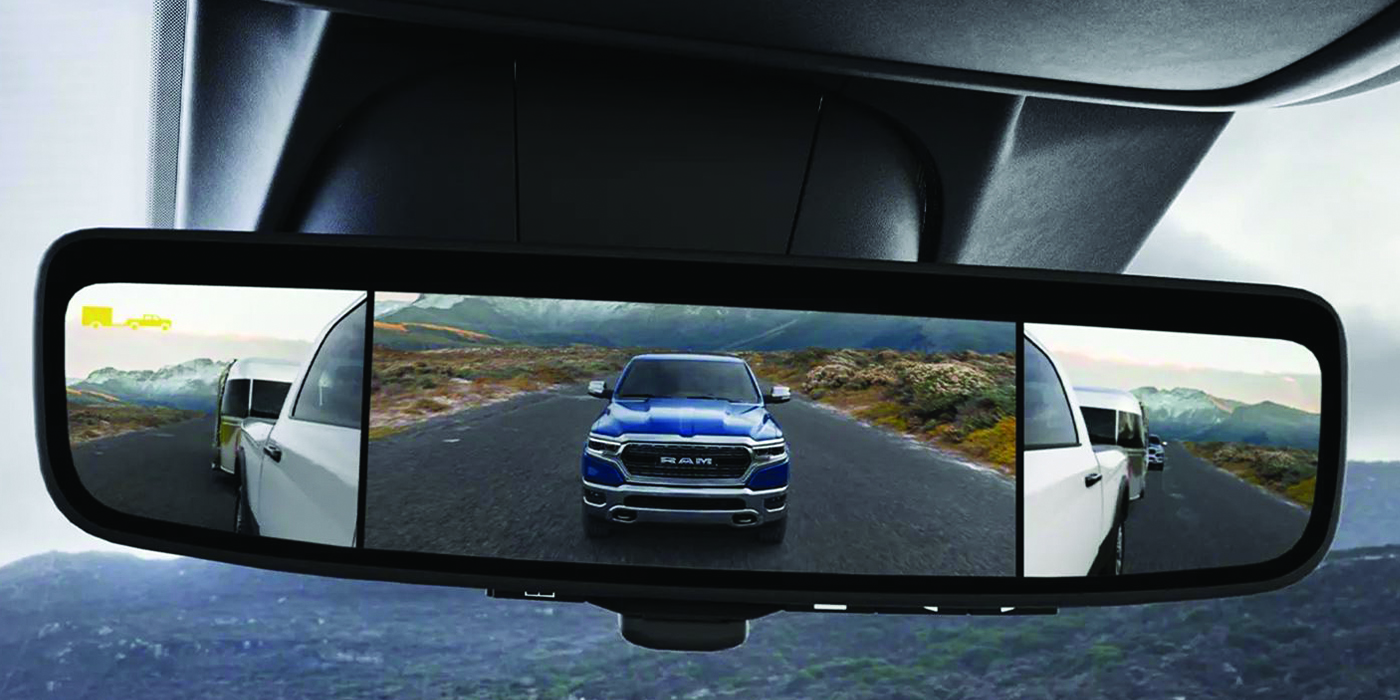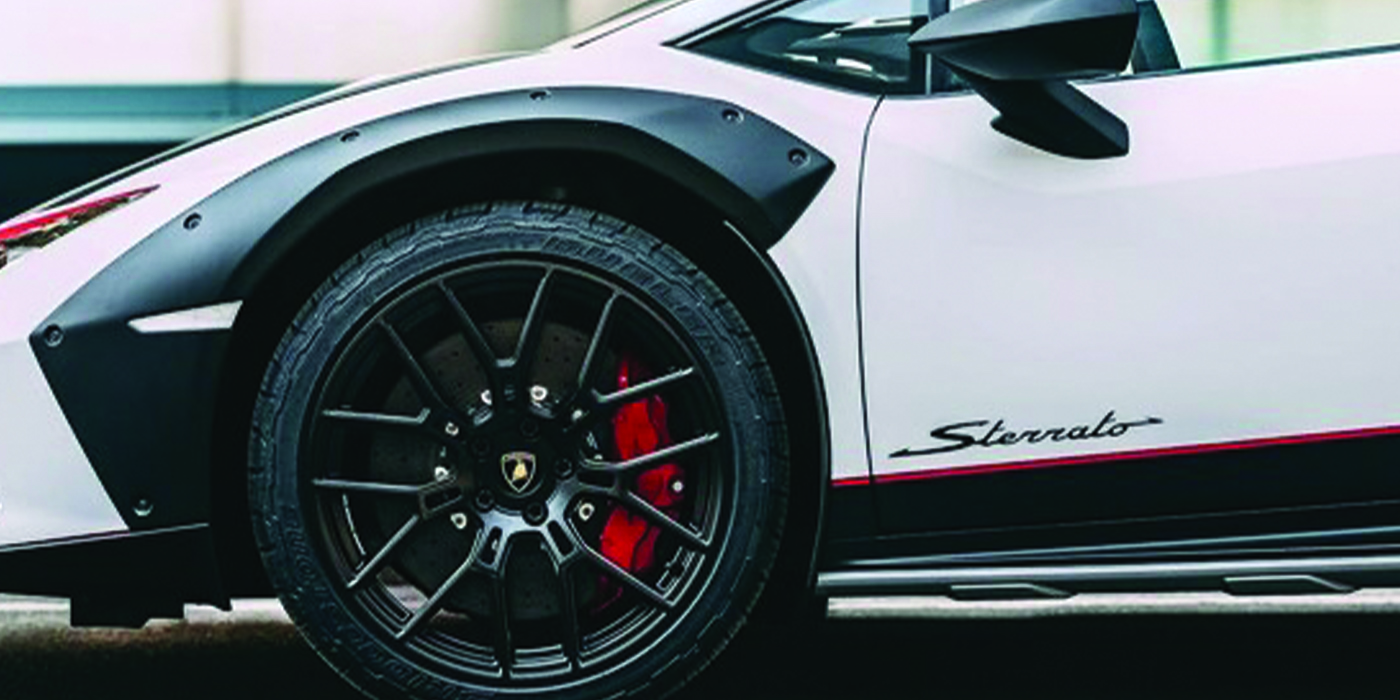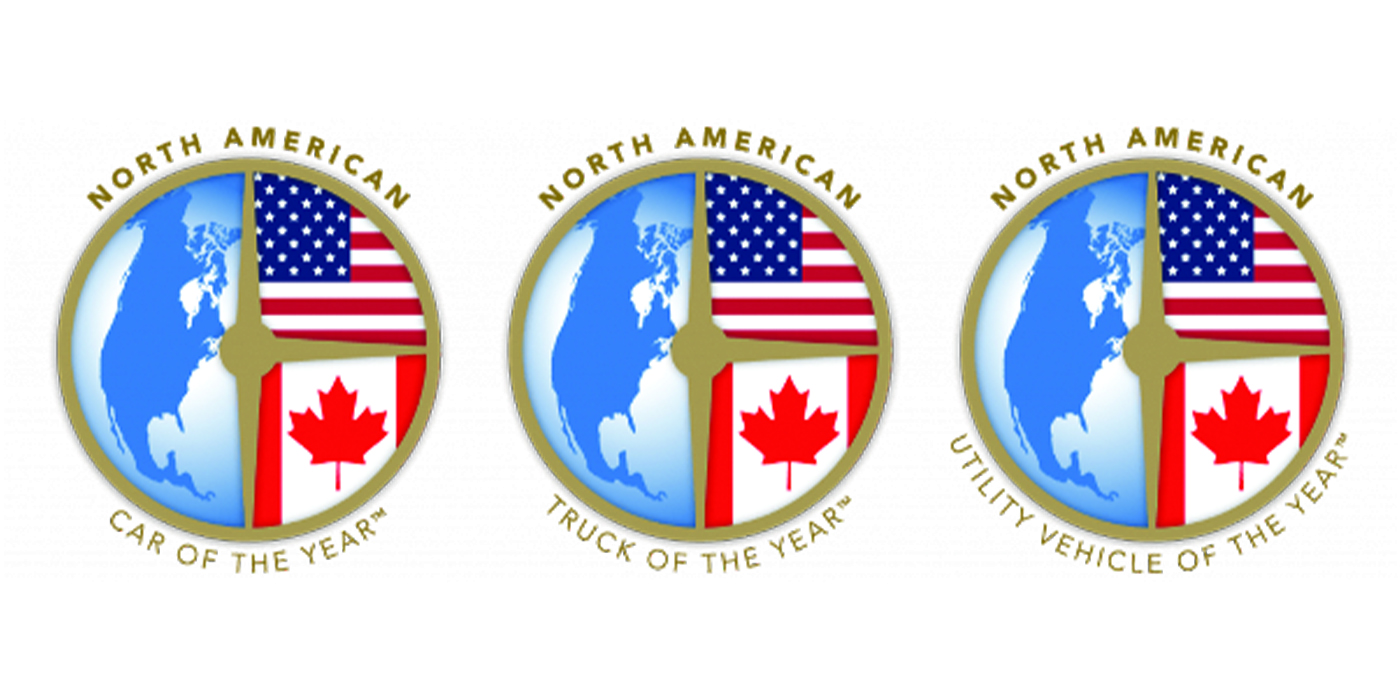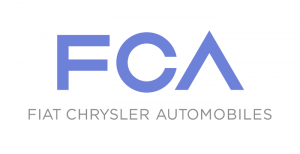 On Jan. 12, U.S. Environmental Protection Agency (EPA) accused Fiat Chrysler Automobiles (FCA) of outfitting certain vehicles with software designed to allow them to emit illegally high levels of dangerous nitrogen oxides.
On Jan. 12, U.S. Environmental Protection Agency (EPA) accused Fiat Chrysler Automobiles (FCA) of outfitting certain vehicles with software designed to allow them to emit illegally high levels of dangerous nitrogen oxides.
According to the EPA, the software allows the affected vehicles to operate differently during emissions tests than they do when they are on the road. As a result, they are emitting levels of nitrogen oxides at a level that violates the Clean Air Act. Nitrogen oxides form smog when combined with other compounds, and are also a component of acid rain.
Owners of Jeep Grand Cherokees and 3.0-liter, diesel-powered Dodge Ram 1500 trucks manufactured between 2014 and 2016 may be affected by the allegations. According to the New York Times, an estimated 104,000 vehicles with the software were sold in the United States.
This accusation comes on the heels of a major emissions scandal first revealed in September 2015 that affected Volkswagen. The EPA alleged that Volkswagen outfitted several models with software that would make it appear the cars were in compliance with emissions standards during testing. When the vehicles sensed they were no longer being tested, the software disengaged and the car emitted pollutants at an illegal level.
The law firms of Baron & Budd and Heninger Garrison Davis, LLC have filed nationwide class action complaints against FCA.
“Unfortunately, the EPA is once again alleging that an automaker put profits ahead of the environment and surreptitiously attempted to get around the law,” said Roland Tellis, head of the Consumer Class Action group at the national law firm of Baron & Budd. “Owners of these vehicles very likely purchased them because they were trying to help the environment, but they may have been seriously misled.”
The EPA said it found at least eight undisclosed pieces of software on the affected FCA vehicles that can alter how a vehicle emits air pollution. EPA assistant administrator for enforcement and compliance, Cynthia Giles, said, “Failing to disclose software that affects emissions in a vehicle’s engine is a serious violation of the law, which can result in harmful pollution in the air we breathe.”
Heninger Garrison Davis, LLC is investigating other claims of Chrysler Fiat’s illegal diesel emissions.
In a statement available on its website, FCA US said, it “is disappointed that the EPA has chosen to issue a notice of violation with respect to the emissions control technology employed in the company’s 2014-’16 model year light-duty 3.0-liter diesel engines. FCA US intends to work with the incoming administration to present its case and resolve this matter fairly and equitably and to assure the EPA and FCA US customers that the company’s diesel-powered vehicles meet all applicable regulatory requirements.
“FCA US diesel engines are equipped with state-of-the-art emission control systems hardware, including selective catalytic reduction (SCR). Every auto manufacturer must employ various strategies to control tailpipe emissions in order to balance EPA’s regulatory requirements for low nitrogen oxide (NOx) emissions and requirements for engine durability and performance, safety and fuel efficiency. FCA US believes that its emission control systems meet the applicable requirements.
“FCA US has spent months providing voluminous information in response to requests from EPA and other governmental authorities and has sought to explain its emissions control technology to EPA representatives. FCA US has proposed a number of actions to address EPA’s concerns, including developing extensive software changes to our emissions control strategies that could be implemented in these vehicles immediately to further improve emissions performance.
“FCA US looks forward to the opportunity to meet with the EPA’s enforcement division and representatives of the new administration to demonstrate that FCA US’s emissions control strategies are properly justified and thus are not ‘defeat devices’ under applicable regulations and to resolve this matter expeditiously.”

